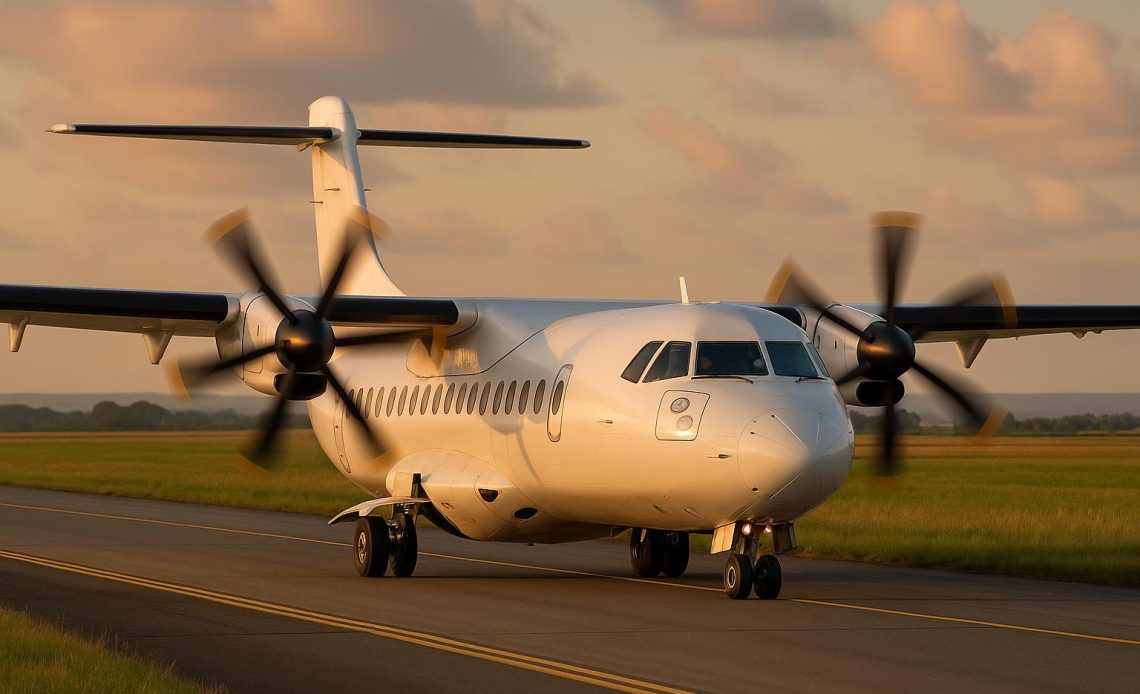
Most times, when thinking about flying, people tend to think to long-distance travelling, often associated with holidays or business trips. However, there is a whole world of flight, that is regional aviation, which plays a crucial role for most travellers. Every day, thousands of short-distance flights take off, which means a constant flow of emissions end up in the atmosphere, raising the issue of sustainability in aviation.
In fact, in a world where the environment is becoming a constant worry, aviation companies cannot and should not ignore the risks their daily activity has on sustainability and indeed, most of them are working towards solutions aiming at reducing their environmental impact.
This is where turboprop aircrafts shine: exploiting a gas turbine to drive a propeller, this kind of aircraft offers improved fuel efficiency, making it more sustainable and, at the same time, suitable for short-haul flights and regional routes.
More specifically, Turboprop burns 45% less fuel than comparable regional jets, a staggering difference that translates directly into less environmental impact.
Going where jets fear to tread
Turboprops do not only stand as an alternative to jets, but they are the best option for adverse conditions: while jets need a long, perfectly maintained runway, turboprops can land on 3,000-foot strips and operate safely in crosswinds.
Such flexibility and efficiency open markets that remain permanently closed to jet aircraft, like remote operations, island communities, mountainous regions, and developing nations with limited airport infrastructure. Industry forecasts demand for 2,100 new passenger turboprops over the next 20 years.
One of the most known companies in the aviation field operating with Turboprops aircraft is ATR: operating in over 100 countries thanks to the just mentioned flexibility of its aircrafts, allows all travellers to get wherever they need, whatever their reasons (from urgent situations such as the delivery of medical supplies, to business connections or family reunions).
The sustainability surprise
The impact of short-haul flights is often overlooked and ignored, especially compared to the attention that long-haul flights get. But it actually accounts for 25% of global aviation emissions, making regional efficiency improvements particularly impactful.
Turboprops already deliver a lower-emission solution compared to regional jets, as stated earlier, but ongoing innovations promise even greater improvements. For example, ATR completed the first successful commercial flight using 100% SAF in 2022 proving that new technology can be achieved without expensive modifications.
The company’s EVO concept pushes this advantage further, targeting additional double-digit reductions in fuel consumption and lower emissions through hybrid propulsion and aerodynamic improvements. These developments ensure turboprops will remain the most environmentally responsible choice for regional connectivity.


